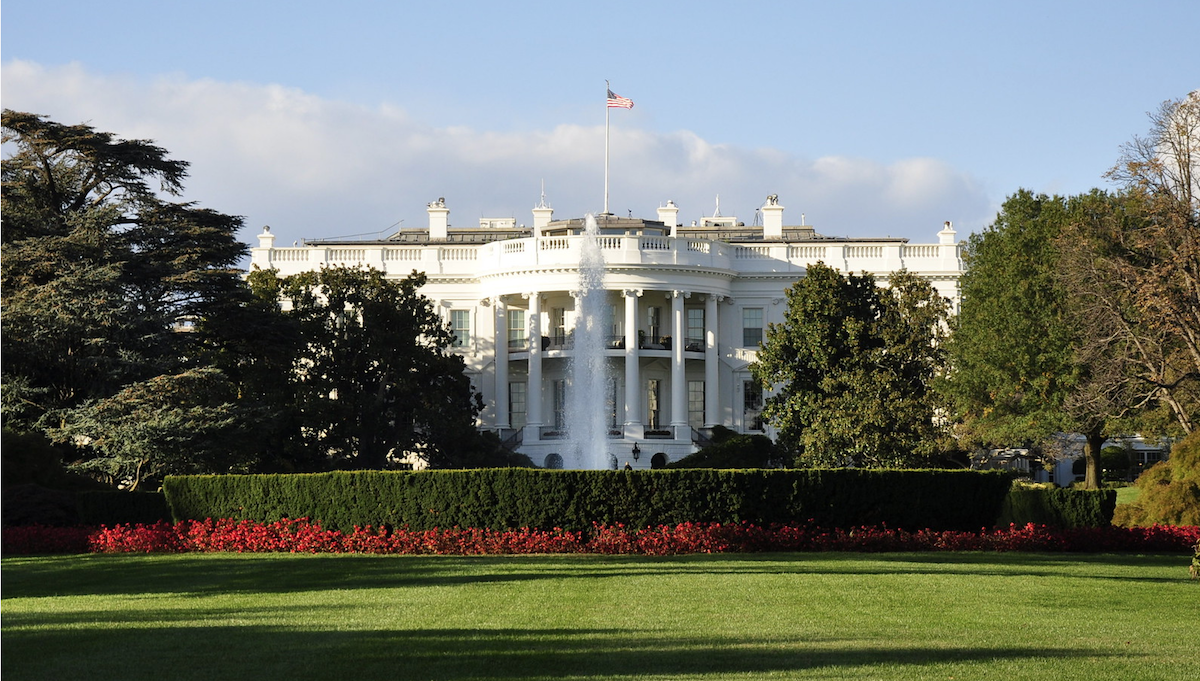
The American Institute of Architects (AIA) yesterday released a response to the potential executive order that could force all future federal buildings to be used in a neoclassical style.
In yesterday's Architectural Record news emerges the willingness to access the draft order by the White House through which the President enunciates the Guiding Principles of a "Federal Architecture" aimed at a representative, singular and unique design style. In this ordinance, Neoclassicism - the architectural style chosen for the United States Capitol - would become the "preferred and default" style, as the monumental white building has defined the political image of Washington DC since its inception, as far as happened in ancient Rome and Greece.
On Twitter, AIA answered to the Trump administration's proposal, stating: The AIA strongly opposes uniform style mandates for federal #architecture. Architecture should be designed for the specific communities that it serves, reflecting our rich nation’s diverse places, thought, culture, and climates. Architects are committed to honoring our past as well as reflecting our future progress, protecting the freedom of thought and expression that are essential to democracy
The title of the draft order is "Make federal buildings beautiful again", with an almost ironic tone, a judgment on the evolution of the architectural discipline that has taken place until today. A denial of a memory of the present and a trust in the future. "Tradition is beauty," says the order; modernism (especially brutalism and deconstructivism) is far from the recognizable aesthetic canons. Several groups who love classicism approve the proposal. On Twitter, several accounts have asked the AIA to show its "true colors", accusing it of being contrary to "beauty and tradition".

Architecture and power
The architecture of power for centuries shaped places, assuming a fundamental role in the creation not only of architectural objects, but also, more widely, in the writing of cities. In this sense, it is not uncommon for the governments to impose a reference architectural style aimed at indicating authority. Needless, of course, to talk about the emblematic case in which architecture is a brutal scenario of socio-political tensions, such as that of Albert Speer for German Nationalism in the early twentieth century.
In this regard, during the interview with Fast Company, Steven Heller - co-president of the MFA design program at the School of Visual Arts - argues that:
when a design style is connected to an act of presidential decree, in particular to a president showing authoritarian tendencies, then there is reason to be alarmed. We tend to ignore the nuances of power, as still in graphics and architecture, until it is too late.
The theme of time opens a wide cultural debate that immediately refers to the socio-political role of architecture which, far beyond being only a set of objects inscribed in a space, holds a position for the tangible expression of a people. Architecture, as daughter of Hegelian time, should have the "right and duty" to conform itself by following not only the need of the era in which it writes its story, but also - and perhaps above all - to respect the traces of the past and, at the same time, to intercept the change of society, capable of pioneering a conscious and coherent innovation.
In a time when questions are asked and answered about a possible tension towards an ideological identity, one may ask - perhaps more critically - if the search for this identity is becoming too eager; so greedy as to risk to transform into an obsession, where the gaze is turned only to the past, to the (presumed) tradition and not to the present. A present that risks to damage our tomorrow. A present that deserves a greater margin of expression. A present capable of turning its gaze to the future.





